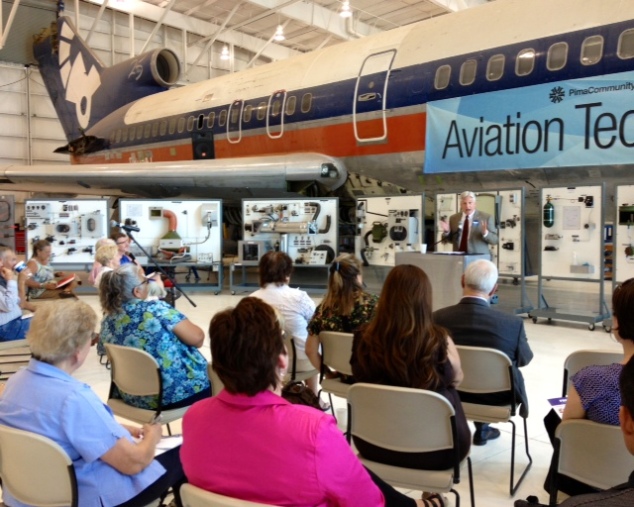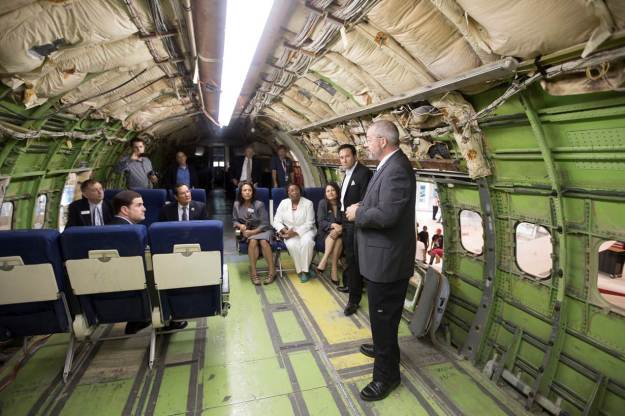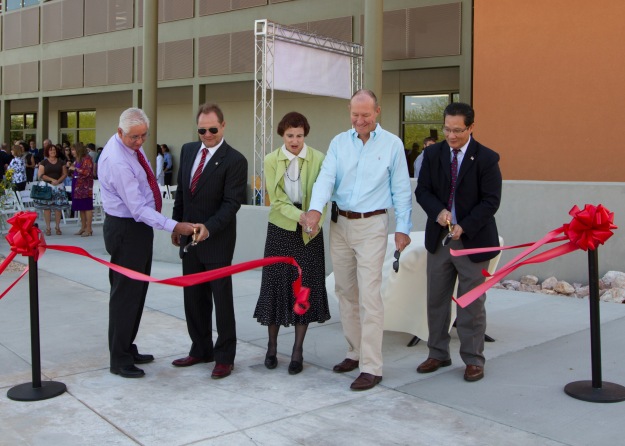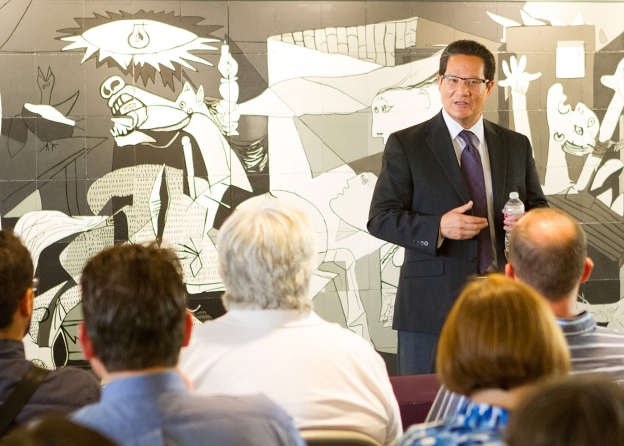The higher education landscape today is littered with colleges that failed to understand the trends, failed to innovate and took their focus off their core values.
Late last month I challenged our administrators to reflect on the College’s values, which begin with “We value our students, employees and the community members we serve by making decisions that address the needs of those populations.” Our values also cover integrity, excellence, communication, collaboration and open admissions and access.
I then asked them if their values aligned with the College. I also asked, “What have you done to fulfill the College’s mission?”
If Pima Community College is going to reach its potential to be a premier community college, each of us must be committed to our organizational values and to fulfilling our mission.
The challenge, of course, is that today’s world is much different than when Pima opened its doors nearly 50 years ago. Today’s technology-driven, global economy demands innovation at an unprecedented pace. Further, our students must be prepared for a world that moves seamlessly across borders, thanks largely to technology, and a workforce that integrates ideas and cultures from every perspective.
To put students first at Pima Community College means exposing them to cultural opportunities and providing a global understanding. Even graduates who will build their lives and careers in Pima County must be prepared for a workforce where the company owner is from China or Germany or elsewhere; where the expectation is to be multi-lingual or culturally competent; where the workplace enjoys a rich diversity.
Our students return from study abroad opportunities to China, Ireland and other places they might have never thought possible as changed individuals with a new confidence. Pima students study alongside our international students, break bread with them, learn from them. Everyone benefits.
Putting students first at Pima means innovating to ensure they have access to the best services, the latest teaching methods and the newest technology. STEM fields are changing rapidly and Pima must adapt to ensure that our students are prepared for those great jobs. If our programs aren’t innovating, they are dying.
Recently we were told that everything about college should be easy, except for the learning.
Putting students first at Pima also means innovating our student experience, providing welcoming, encouraging and effective interactions.
Finally, putting students first means that faculty, staff and administrators can’t wait for opportunity before they act. They can’t wait to be asked. They can’t wait for crisis to compel change. They can’t hope difficult times will simply pass by. Each of us owes it to our students to live our values, to watch and understand the trends, to innovate to meet student needs.
The day is gone when good enough was enough. “Good enough” is not in Pima’s lexicon. I shared the story of James Dyson and how a local sawmill inspired his line of vacuum cleaners. For James Dyson, good enough was not an option and he found inspiration for something better, perhaps even the best vacuum cleaner.
I challenge Pima supporters and employees to find your inspiration.
Get excited when you think that Pima Community College can be a premier community college, with record-setting completion rates, multiple nationally recognized programs and standard-setting customer service. We are certainly paving the way for that with guided pathways, Centers of Excellence, iBEST and other initiatives. We will continue that very good work and keep building on it.
Think about how you would answer “what have I done to fulfill the College’s mission? How I have lived the College values?” If you don’t like your answer, know that you can aspire to more.




